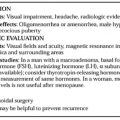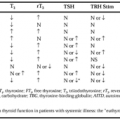EPIDEMIOLOGY
Part of “CHAPTER 64 – OSTEOPOROSIS“
The incidence of osteoporosis increases with age. It becomes widely prevalent in the elderly, in whom it is a major public health problem, causing >1.3 million fractures annually and costing more than $13 billion per year in the United States.1,3
Peak bone mass occurs at ˜18 to 30 years of age, after which bone is progressively lost. This phenomenon is seen in all populations, regardless of race, sex, economic development, or geographic location.4 Fracture rates vary in different groups; they are
higher in whites and Asians than in blacks, and usually are higher among women than among men. The incidence of limb fractures doubles approximately every 5 to 8 years after the fifth decade among women but does not increase substantially until after the seventh decade among men. The most common fracture sites are in the thoracic and lumbar vertebral bodies (i.e., crush or wedge fractures), the neck and intertrochanteric regions of the femur (i.e., hip fractures), and the distal radius (i.e., Colles fractures); however, in osteoporosis, fracture of any bone is possible (Fig. 64-1).
higher in whites and Asians than in blacks, and usually are higher among women than among men. The incidence of limb fractures doubles approximately every 5 to 8 years after the fifth decade among women but does not increase substantially until after the seventh decade among men. The most common fracture sites are in the thoracic and lumbar vertebral bodies (i.e., crush or wedge fractures), the neck and intertrochanteric regions of the femur (i.e., hip fractures), and the distal radius (i.e., Colles fractures); however, in osteoporosis, fracture of any bone is possible (Fig. 64-1).
Stay updated, free articles. Join our Telegram channel

Full access? Get Clinical Tree





